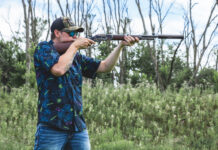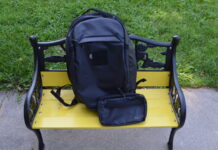
Whenever a new potential gun owner asks what handgun they should get, they’ll often get a mixture of advice. Some will say just get XYZ brand, and others will say go rent some guns and see how they ‘feel.’ Feel is often touted as a very important part of owning a firearm, but what does that mean? The Polymer 80 grip feels better than the Glock grip. If it feels good, is it good to go? People justify their weapon selection by how it feels, but feel is a very open term. Admittedly hand size and gun fit are important, and today we are discussing what feel means and how to get the proper fit of your gun-to-hand ratio.
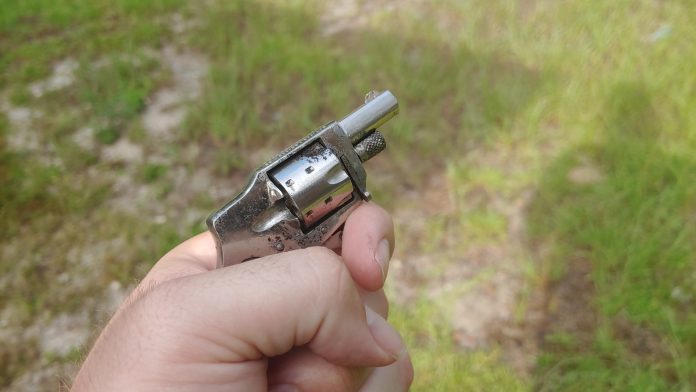
Sometimes a handgun doesn’t necessarily feel good but can be entirely effective. The Walther PPS M1 feels a bit like gripping a 2×4. However, the controls are completely accessible and easy to access. Sometimes a gun feels bad and is bad, like small hands and a Desert Eagle. It just won’t work. With that in mind, let’s teach you how to get a good gun fit.
Making a Gun Fit
When you grab the gun, there are a number of things you can examine to ensure the gun fits. First, knuckle placement will tell a tale. When you grip the gun, examine where your knuckles fall in relation to the trigger guard. If it’s directly under the trigger guard, you are getting along pretty well. This fit is desirable to maximize control.
If you find your knuckles orientating towards your non-dominant side, the grip might be too small. If your knuckles are orientated more towards your dominant side, the gun fit might be too big.

When it comes to compact handguns, especially concealed carry guns, the size will always likely orientate towards the thinner side. Sometimes you have to sacrifice control and proper gun fit for small size and concealment.
When you try different guns and grips, try to maximize a proper fit with the knuckles as close to being under the trigger guard as possible. It might never be 100% perfect, but it can be close enough. I would never choose a lower-quality handgun for a better fit, either.
Triggered
Another important part of gun fit is your ability to reach the trigger. Can you safely and effectively reach the trigger with the first pad of your trigger finger? If you have to shift your grip to reach the trigger, it’s likely too big. If you have to shift your finger outward to get the first pad on the trigger, the grip might be too small for you.
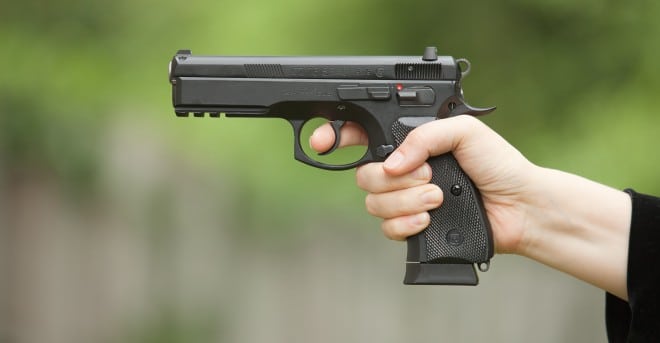
Typically guns with flat triggers offer a shorter reach, and curved triggers can slightly increase that reach. Companies like Glock often produce their big bore calibers in short-frame models to improve trigger reach.
Dropping Magazines
When you establish a good firing grip on your gun, how easily can you access the magazine release? If you have to make a big shift of your hand to reach the magazine release, you might need to make a change. You should be able to reach the magazine release fairly easily. It shouldn’t require you to shift your hand much more than lowering your dominant thumb.
If your thumb can reach the magazine release without issue, but you have trouble pressing it, the grip is likely a bit too small. If you have to shift your entire hand toward the magazine release, the gun fit is likely too small.
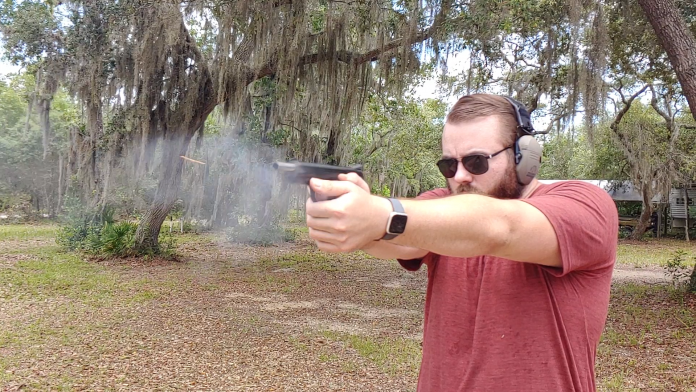
Solving Gun Fit Issues
We live in 2022, and most guns come with a variety of backstraps that allow you to customize your grip. It’s often worth experimenting with these various backstraps to get the optimum fit. Sometimes the proper fit doesn’t always feel good. To get the proper fit on my Arex Delta, I had to use the XL grip insert, and it doesn’t feel great, but it allows me to better control the gun and access the controls.
While I’ve written an entire article about how gun fit is important, it’s never an excuse to purchase a lower-tier firearm. Reliability, accuracy, and capability are often much more important than getting a 100% proper fit. You never want something way too big or way too small, but most guns fall fairly in between the two. Get the best gun fit you can without purchasing a craptastic gun.

